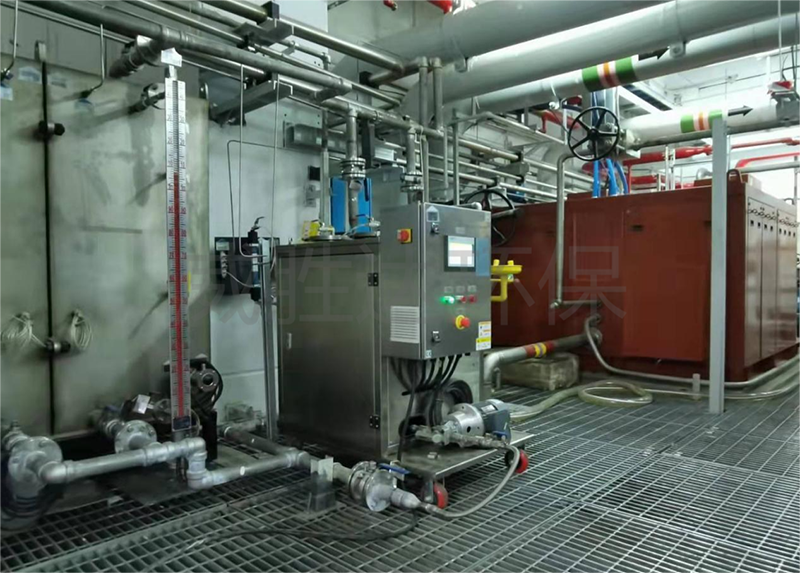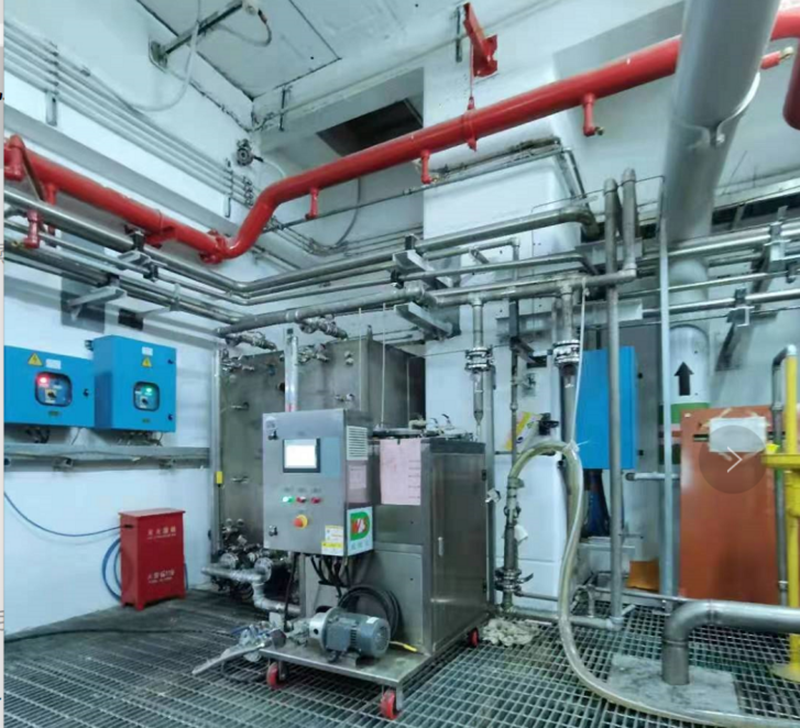
How to deeply purify the EHC system of power plant?
Steam turbines at power plants have electro-hydraulic control (EHC) systems that use a phosphate
ester-based fire-resistant fluid. This fluid undergoes degradation in service via hydrolytic, oxidative and thermal mechanisms that are influenced by system design and operating conditions. Past experience has shown that the condition of the fire-resistant fluid in service is critical for station safety and nuclear regulatory authorities therefore include chemistry control of this fluid as a part of a station’s operating licence.
With the large-scale production and use of high-parameter and large-capacity units, EHC oil is more and more commonly used in electro-hydraulic control (EHC) systems, and the supervision and testing of EHC oil quality has also become an important part of chemical supervision. EHC high-pressure resistant oil is a phosphate ester resistant oil. As a synthetic hydraulic oil, some of its characteristics are completely different from mineral oil. Compared with mineral oil, EHC high-pressure oil has the characteristics of being difficult to burn, but it also has the disadvantages of higher toxicity, poor thermal stability and hydrolytic stability. Because of this, it is inevitable that the EHC oil will deteriorate during operation, which is manifested as an increase in acid value, a decrease in resistivity, and an increase in water content. In order to ensure the normal operation of the EHC oil and extend the service life of the anti-oil oil, maintenance and treatment during operation are extremely important.
WSD WVD-K20 effectively combines electrostatic purification technology, DICR™ dry ion exchange technology and WMR drying film dehydration technology, which can effectively remove and prevent acidic substances generated during normal operation of the EHC system and remove varnish. Improve the resistivity of EHC oil and reduce the pollution and moisture content of anti-oil oil.
EHC fluid purification is not limited to acidity control. It is also important to keep the fluid clean and dry if it is to operate efficiently and offer a long service life. Mechanical techniques are therefore needed to complement and maintain the activity of the resin treatment. For example, resin fouling by particulate can reduce its activity and this may require improved filtration.
The customer is the first nuclear power project approved for construction during the country's "Eleventh Five-Year Plan". It is China's first standardized and large-scale nuclear power project to install four million-kilowatt nuclear power units at one time. It is also the first nuclear power plant in Northeast China. The capacity of the EHC tank provided by the customer's EH system is small, only 800L. Once leaked, it will easily cause the unit to trip. In order to avoid such problems, an auxiliary fuel tank needs to be added to replenish the main tank in an emergency and maintain the main tank level. Avoid the risk of tripping.
The customer previously used imported oil purification equipment, but it did not solve the actual problem. After a comprehensive comparison of oil purifiers on the market, the customer finally put into use the WSD WVD-K20 EHC oil purifier in June 2020, which better controlled the oil content. The five major indicators of the product, including acid value, resistivity, varnish tendency index, pollution degree, and moisture, are all within the qualified range. It has solved the previous customer pain points such as slow and sticky servo valve action caused by the varnish. The customer's newly built 5 , Unit 6 has recommended the use of a special oil filter for WSD EHC oil.
Before purification
Acid value:>0.32
MPC value: 45
After purification
Acid value: <0.06
MPC value: 10

Post time: Oct-19-2023

